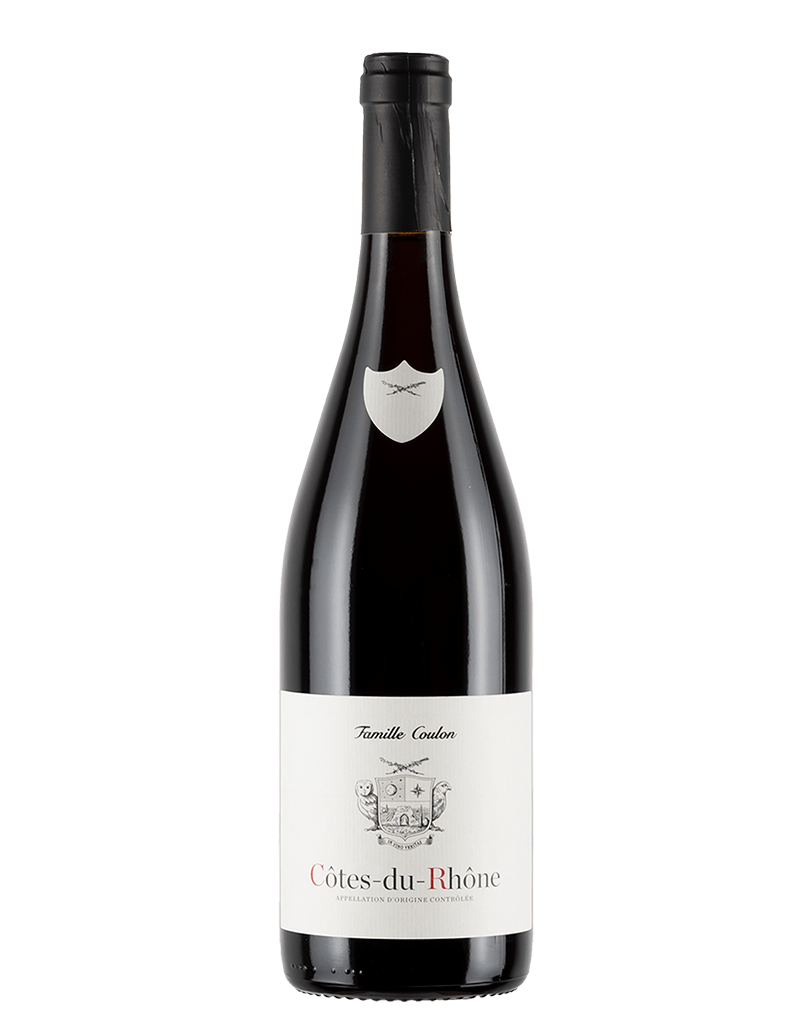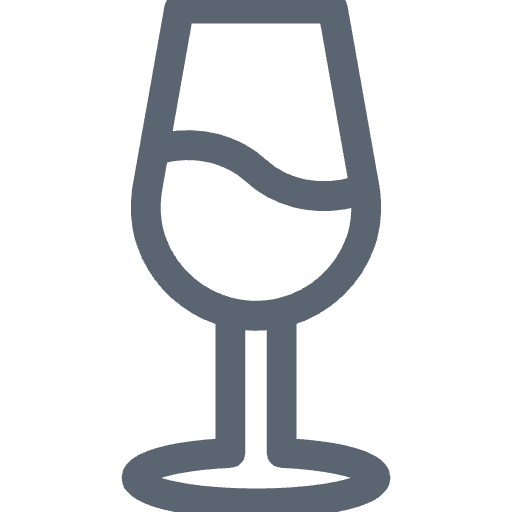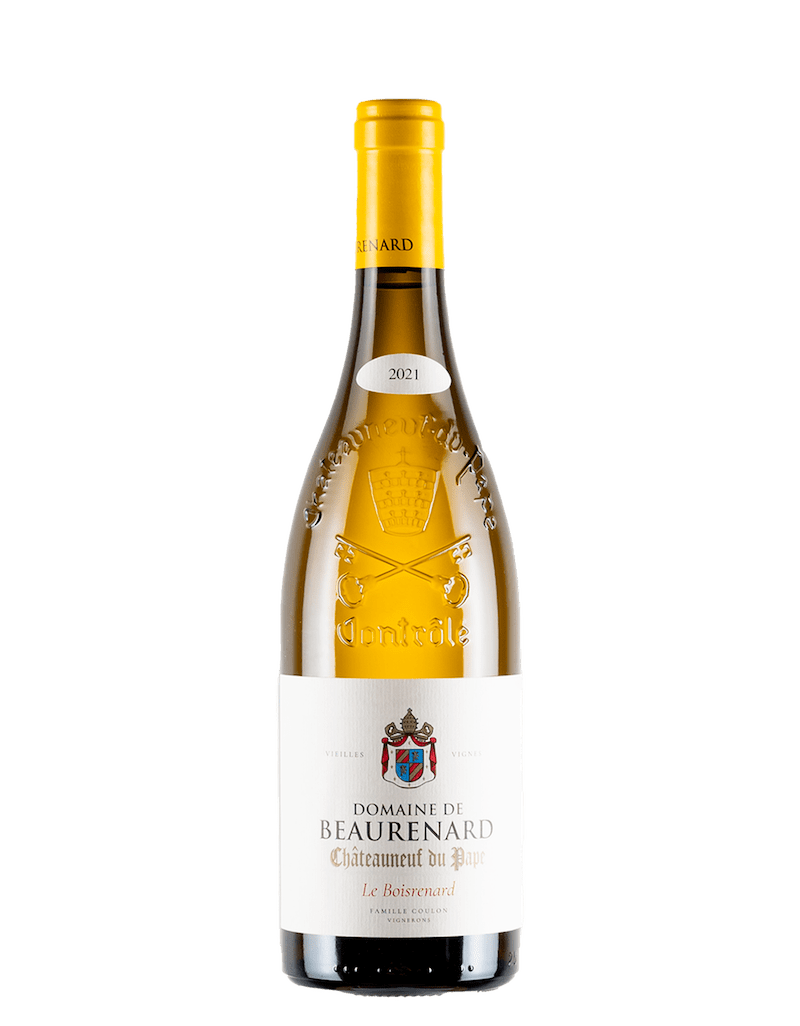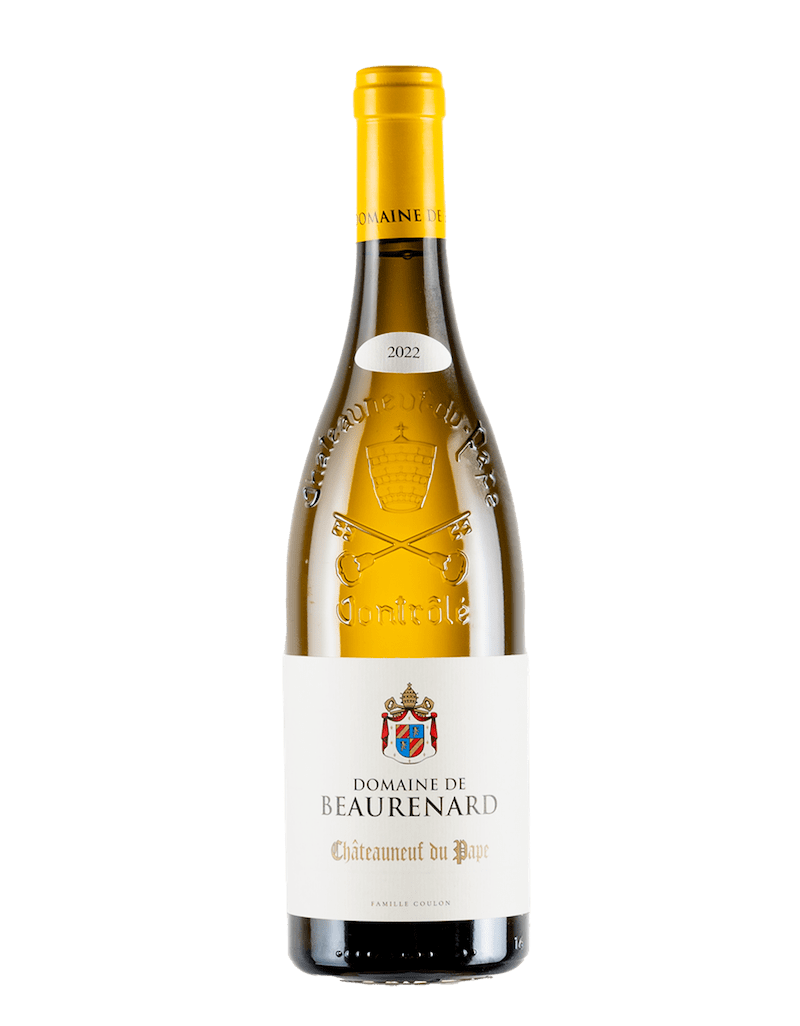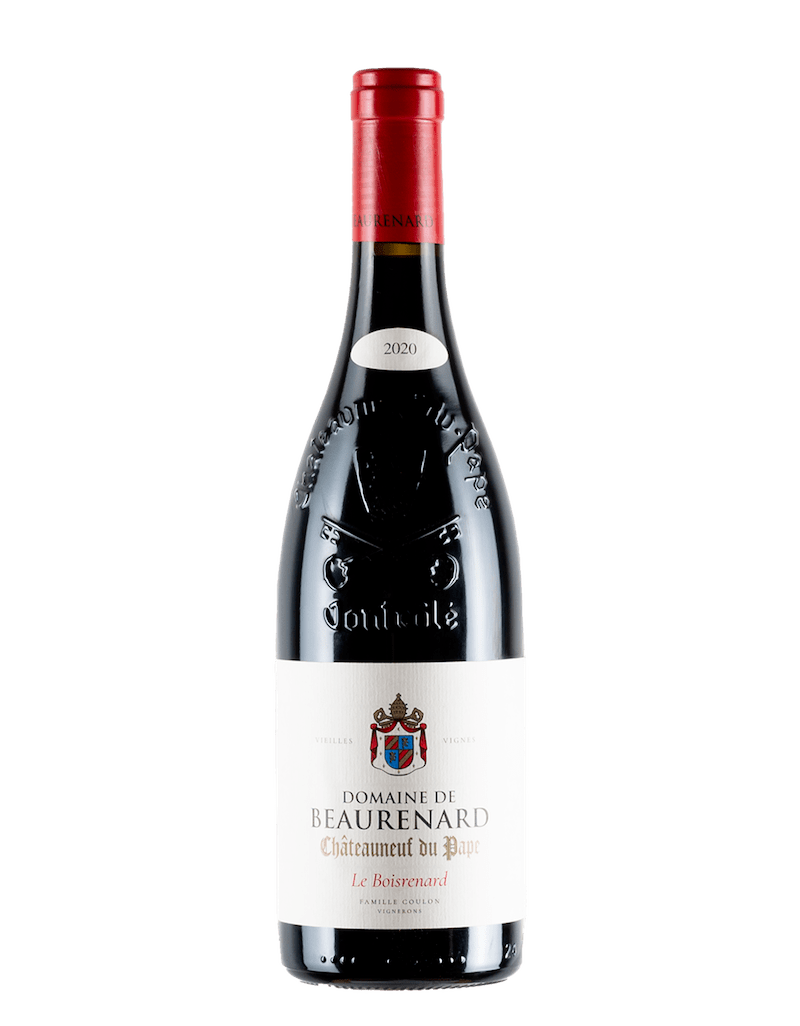5 Products

Rhône wine
About Rhône Wine
General information about Rhône wine
The Rhône, 400 km of which flows through France, from the Swiss border to the Mediterranean, is divided into two wine regions. The northern Rhône is home to the Syrah grape, while the southern Rhône is all about Grenache. The vines grow on the slopes on both sides of the Rhône, some on spectacularly steep slopes, and produce incomparably full-bodied and energetic wines in this barren landscape characterized by extremely hot summers.
The northern Rhône
Côte Rotie
Beyond the city of Vienne, the river bends southwest and then flows past the vineyards of the Côte Rôtie wines. Wine has been cultivated here on steep slopes for over 2,000 years. The soil consists of slate, and the grape variety that best copes with the heat and barren subsoil is Syrah. Côte Rôtie is vinified as a single varietal or with a few percent of Viognier, a white wine variety. The result is a powerful, tannic wine that tastes at times chocolatey and fruity, at times fleshy and leathery. It has great aging potential and, when mature, is one of the best and most expensive red wines in France.
Condrieu
Adjacent to Côte Rôtie lies the AOC Condrieu, a white wine region. Here, the Viognier grape dominates and is used to produce full-bodied wines that are relatively low in acidity but high in alcohol and powerful. Condrieu also offers beautiful aging and enchants with its fragrant floral aromas. After temporarily shrinking to just a few hectares, the vineyard area now covers over 100 hectares.
St. Joseph
In St-Joseph, Syrah is also the name of the game. On the western bank of the Rhône, just outside the city of Valence, the vines grow on granite soils and produce delicately fruity, less powerful red wines like Côte Rôtie. These wines are available in all qualities.
Hermitage & Crozes-Hermitage
Following a sharp bend in the Rhône near Tain, the vineyards along the riverbank face south or southwest. Here, in the heart of the Crozes-Hermitage appellation, grows a legendary red wine that was celebrated since Roman times and considered by French wine scholars in the 19th century to be on a par with Château Lafite-Rothschild and Romanée-Conti. The Hermitage grows on just under 140 hectares, divided into numerous, partly terraced plots, producing wines that vary greatly in quality and style. Made from Syrah, they are full-bodied, fleshy, and tannic with chocolatey-sweet nuances. Some plots also grow Marsanne and Roussanne, which are blended to create the less renowned Hermitage Blanc.
Surrounding the legendary Hermitage lies the Crozes-Hermitage AOC, the largest appellation in the northern Rhône. It covers approximately 1,500 hectares and produces predominantly uncomplicated red wines from Syrah, which are best enjoyed young. More interesting here is the white wine, which has gained popularity in recent years – a full-bodied, herbaceous wine with delicate honey notes and mild acidity, made from Marsanne and Roussanne.
The Southern Rhône
Côtes du Rhône
The very large Côtes du Rhône wine-growing region encompasses 171 municipalities throughout the Rhône Valley, extending as far as Avignon. Even parts of the northern Rhône lie within the appellation boundaries. The wines produced are mostly simple and flavorful reds. Grenache forms the basis, often blended with Mourvèdre and Syrah, and less frequently with Cinsault and Carignan. The white grapes Bourboulenc, Clairette Blanche, Grenache Blanc, Marsanne, Roussanne, and Viognier may be added to the red wines in small quantities (up to 20 percent). The Côtes du Rhône-Villages are somewhat more demanding, and only 17 municipalities are entitled to add their name to the Villages designation. These include Cairanne, Plan de Dieu, Puyméras, and Rasteau.
Châteauneuf-du-Pape
With over 3,000 hectares , Châteauneuf-du-Pape is the largest single appellation in the Côtes du Rhône. Grenache is the main grape variety. Several other red and white varieties are permitted. However, Syrah, Mourvèdre, and Cinsault are the most commonly used. The vines here grow on the flat banks of the Rhône, strewn with large, round pebbles. The best wines are full-bodied, intense, and extremely long-aging. The white Châteauneuf-du-Pape is a rather rare and equally full-bodied wine made from Grenache Blanc, Roussanne, Picpoul Blanc, Clairette Blanche, Bourboulenc, and Picardon.
Gigondas
The small town of Gigondas lies northeast of Orange and received its own appellation in 1971. Since then, the wines have no longer been labeled Côtes du Rhône, even though the varieties are identical. At lower elevations, the wines resemble Châteauneuf-du-Pape; at higher elevations at the foot of the Dentelles de Montmirail, they are more aromatic and less powerful.
Vacqueyras
A neighboring village of Gigondas, which received its own AOP in 1990. It's very hot here, and the wines are opulent and heavy, and due to the increased Syrah content, they're also somewhat pepperier and spicier than those in Châteauneuf-du-Pape.
